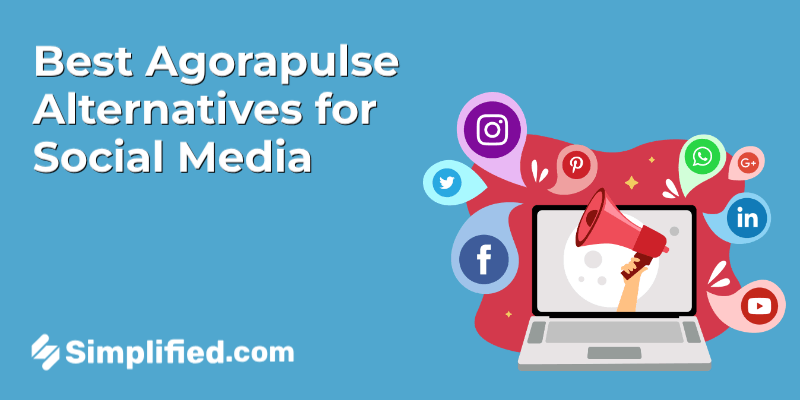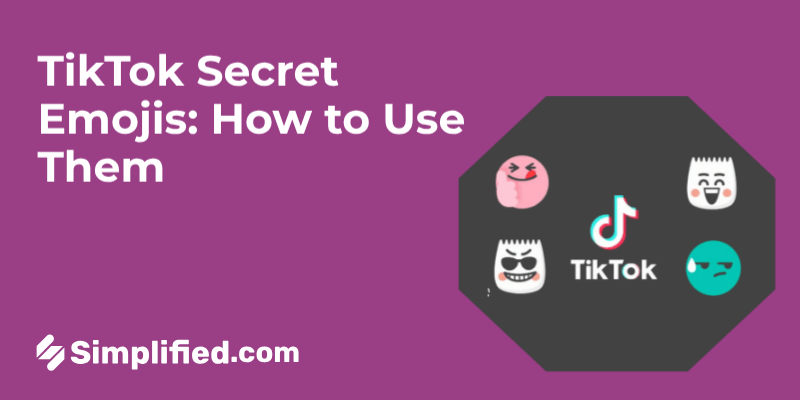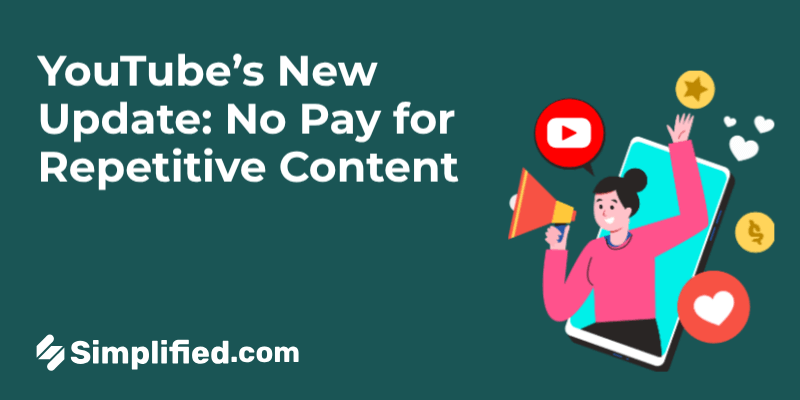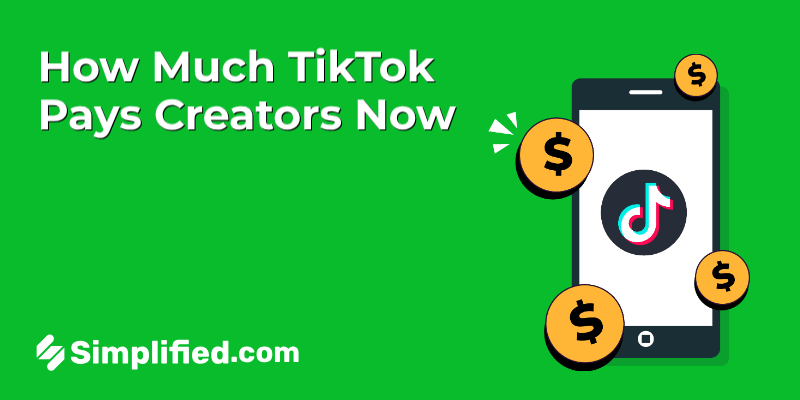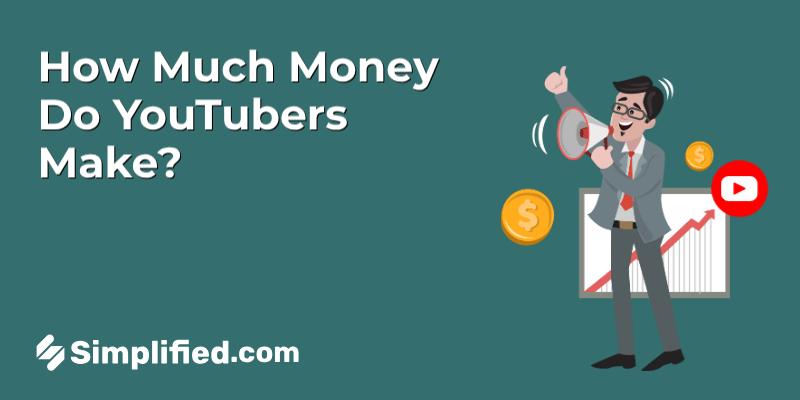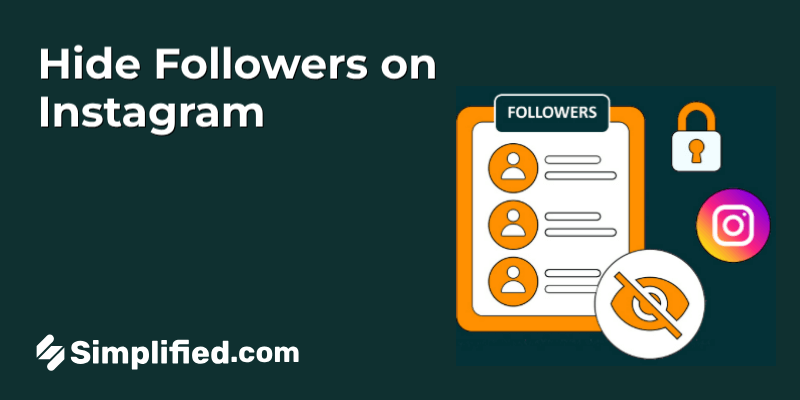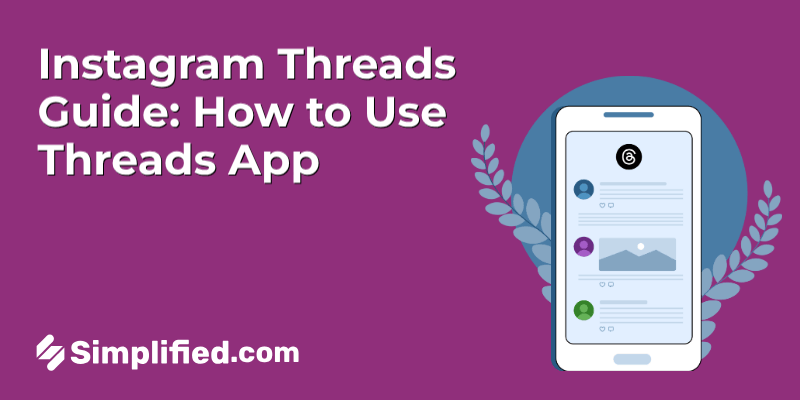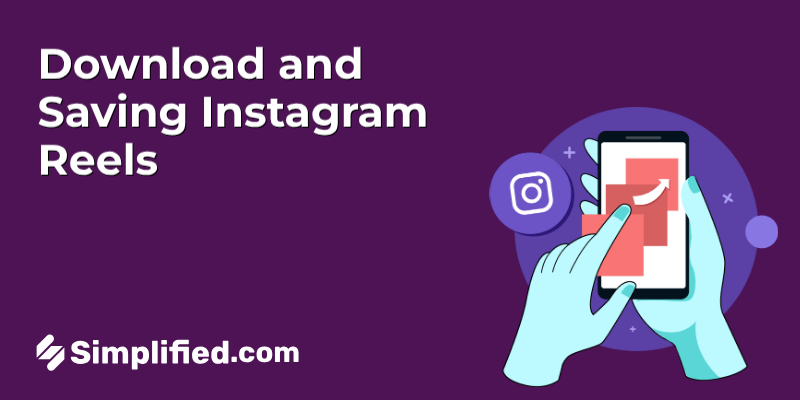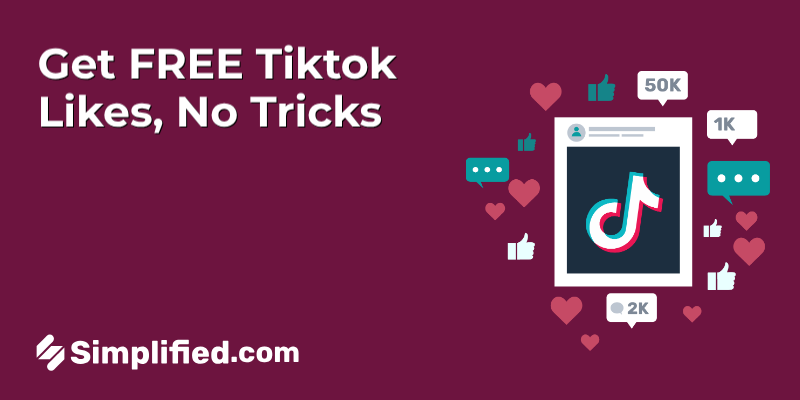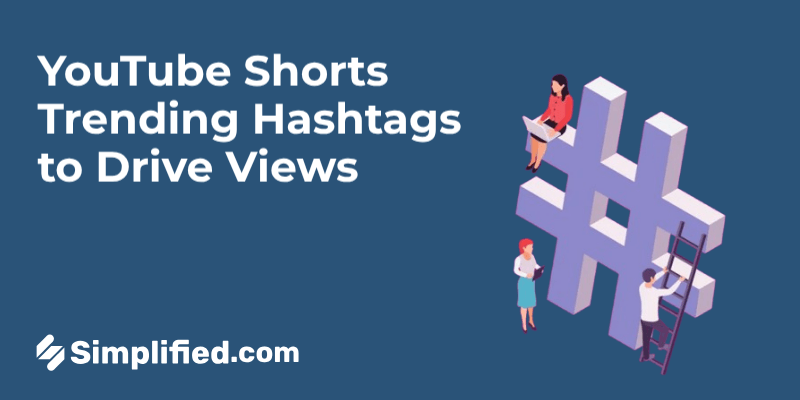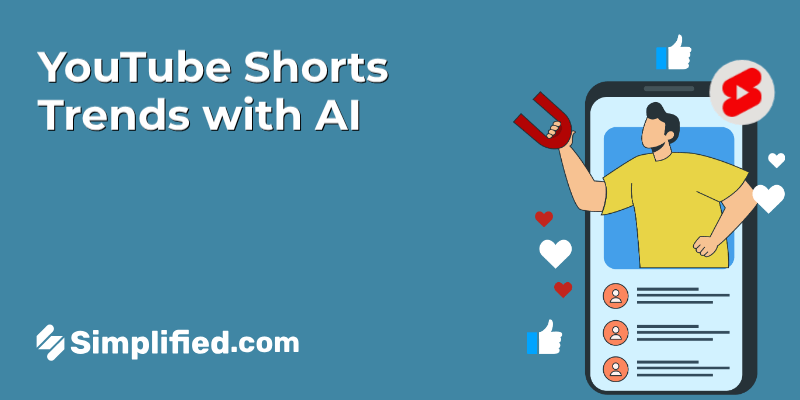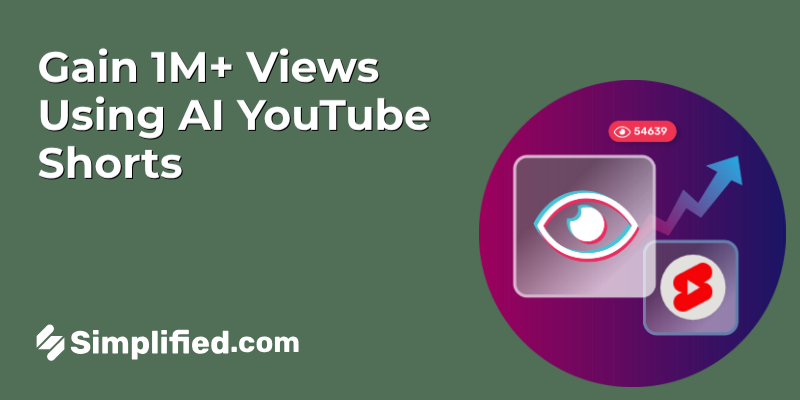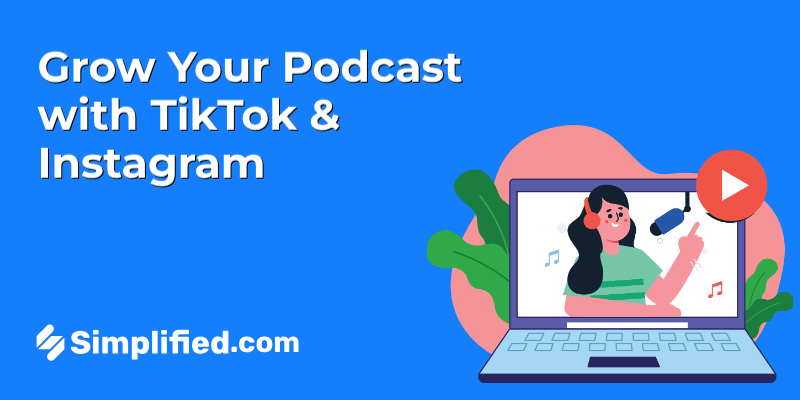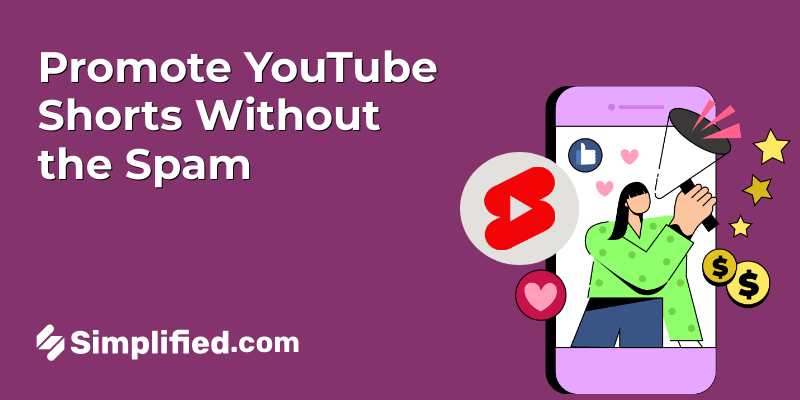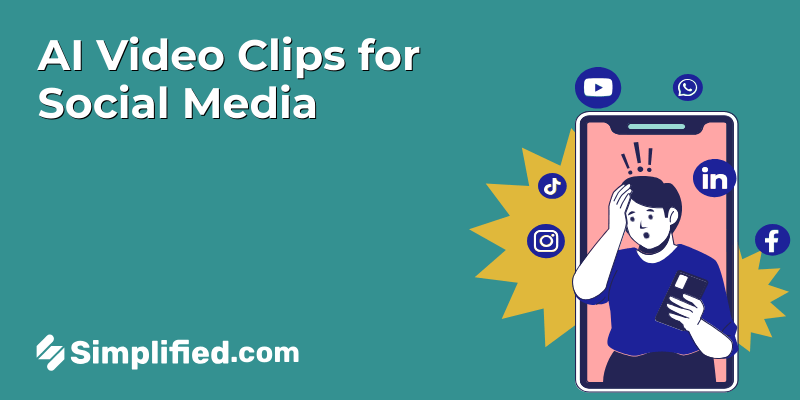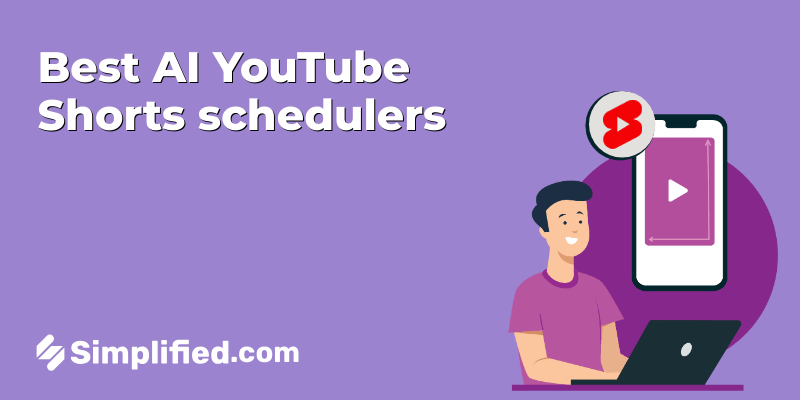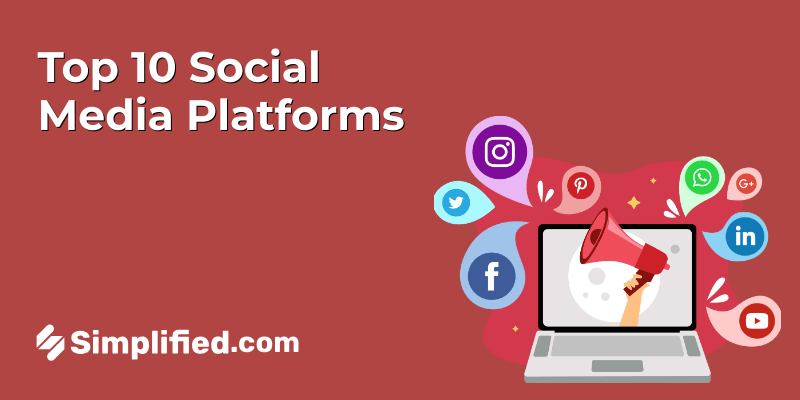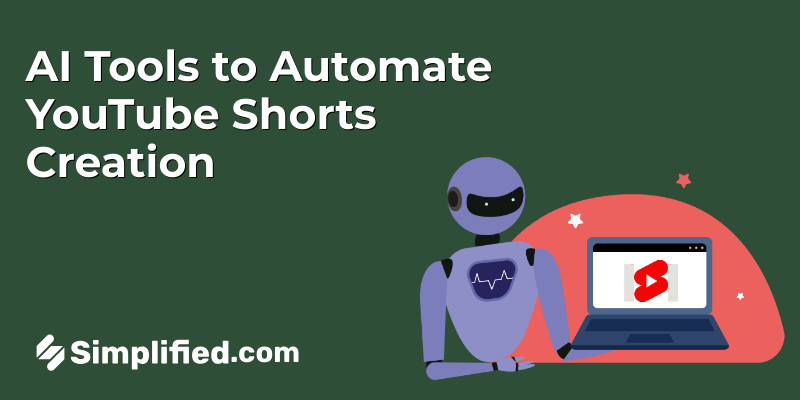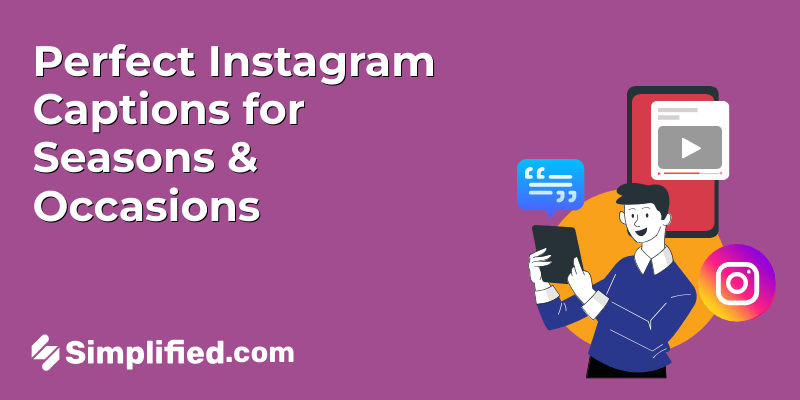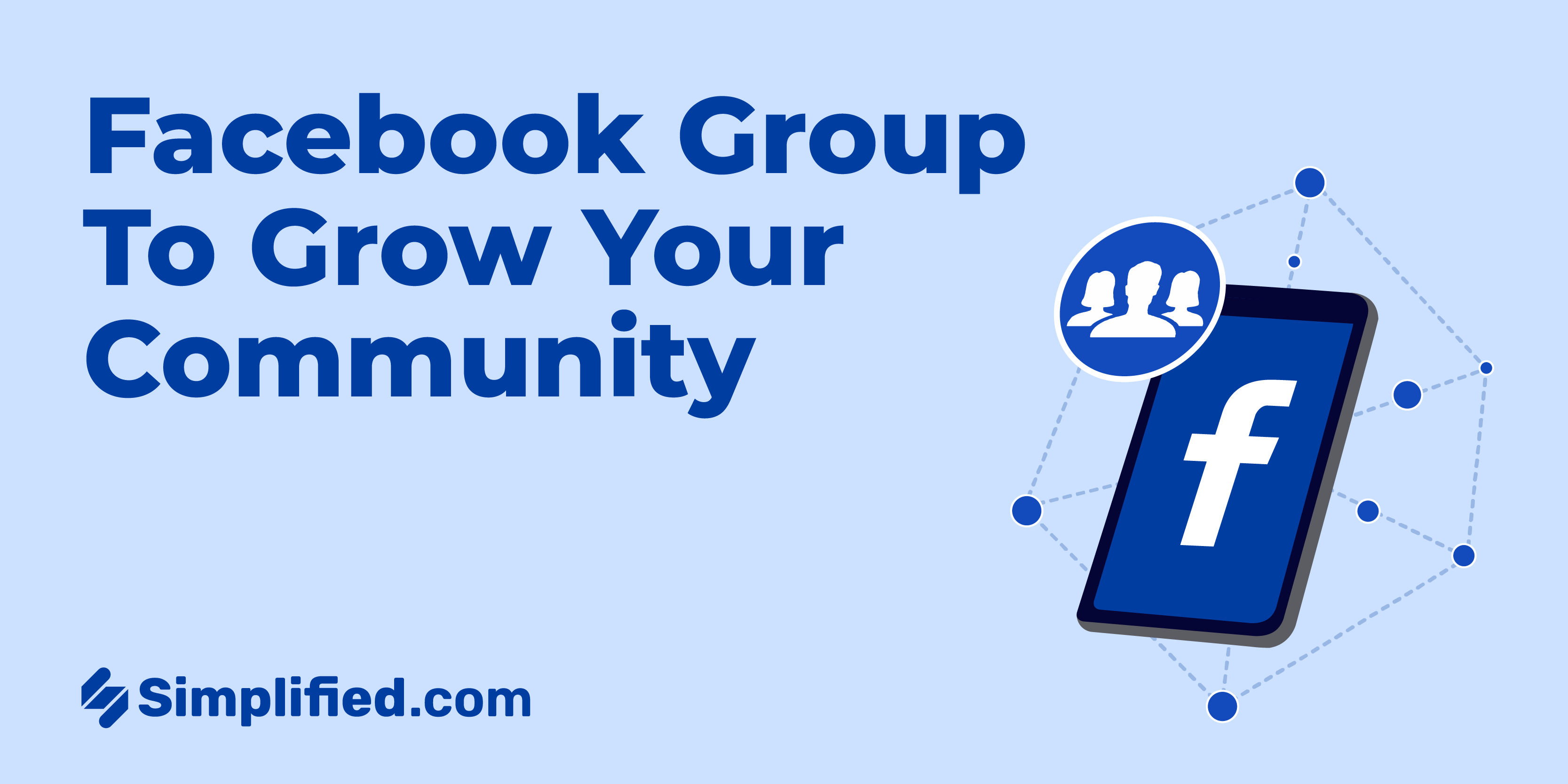
Learn how to create a Facebook Group and build an engaging community where like-minded individuals connect, share their stories, and offer helpful solutions. A Facebook Group provides a direct line to your audience without the constraints of algorithms. In this ultimate guide to creating a Facebook Group, we’ll walk you through the entire process, from setup to management, and share exclusive tips to boost engagement and build a thriving community.
Creating a Facebook Group can bring numerous benefits: organic reach, loyal brand advocates, free promotions, and valuable consumer feedback.
Think about it.
Why do you join a Facebook—or any—group? It’s to connect with like-minded people and learn more about your interests, right?
That’s why understanding how to create a Facebook Group is crucial for building your brand.
Interesting fact – More than 1.5 million now access Facebook groups and little over 50% of the users are not part of more than 5 groups.
That says that Facebook groups are a big deal today. But why? Well, we will get to that below.
Now, let’s learn the different types of Facebook Groups:
Learning Different Types of Facebook Groups
Facebook makes it easy for anyone to start a group, but choosing the right type can be challenging. Here’s a detailed look at each type to help you decide which one suits you best:
Public Facebook Groups
As the name suggests, these public groups are open to everyone to join. All of its posts are visible to everyone. People, without being a part of the group, can access all the posts. More details like the name of the group, its location, number of members in it, are visible for everyone. You can find and join these groups without needing approval.

Benefits of Public Facebook Groups.
Information Accessibility. – As previously mentioned, public groups have information that is accessible to everyone. These groups serve as valuable sources of information, insights, and updates for the members who want to learn more about your community.
Public Awareness – These groups help in spreading the awareness about important issues like social justice or environmental concerns or many more.
Larger Audience – Public groups often have more members than private ones, allowing your content to reach a wider audience.
Increased Visibility – The content in public groups is accessible to non-members, leading to organic traffic and greater exposure.
Easy Growth – Due to their open nature, public groups can grow quickly as anyone can join without approval.
Disadvantages of Public Facebook Groups.
Risk of Data Manipulation – Because of the open nature of these groups, it increases the risk of data manipulation and the spread of false or misleading information.
Diverse Perspectives – The lack of strict membership criteria can result in a mix of opinions, sometimes leading to conflicts within the group.
Fake Profiles – Public groups are more vulnerable to fake profiles, which can spread propaganda or engage in malicious activities, compromising the group’s integrity.
Overwhelming Management – Managing a large, public group can become overwhelming for admins, as they must constantly monitor and moderate content.
Closed Facebook Groups
Closed groups are private groups where you need permission and approval from the admins of the group for becoming a part of the group. They offer more privacy compared to public groups. While anyone can see the group’s name and member list, only the approved members can view the posts and discussions.
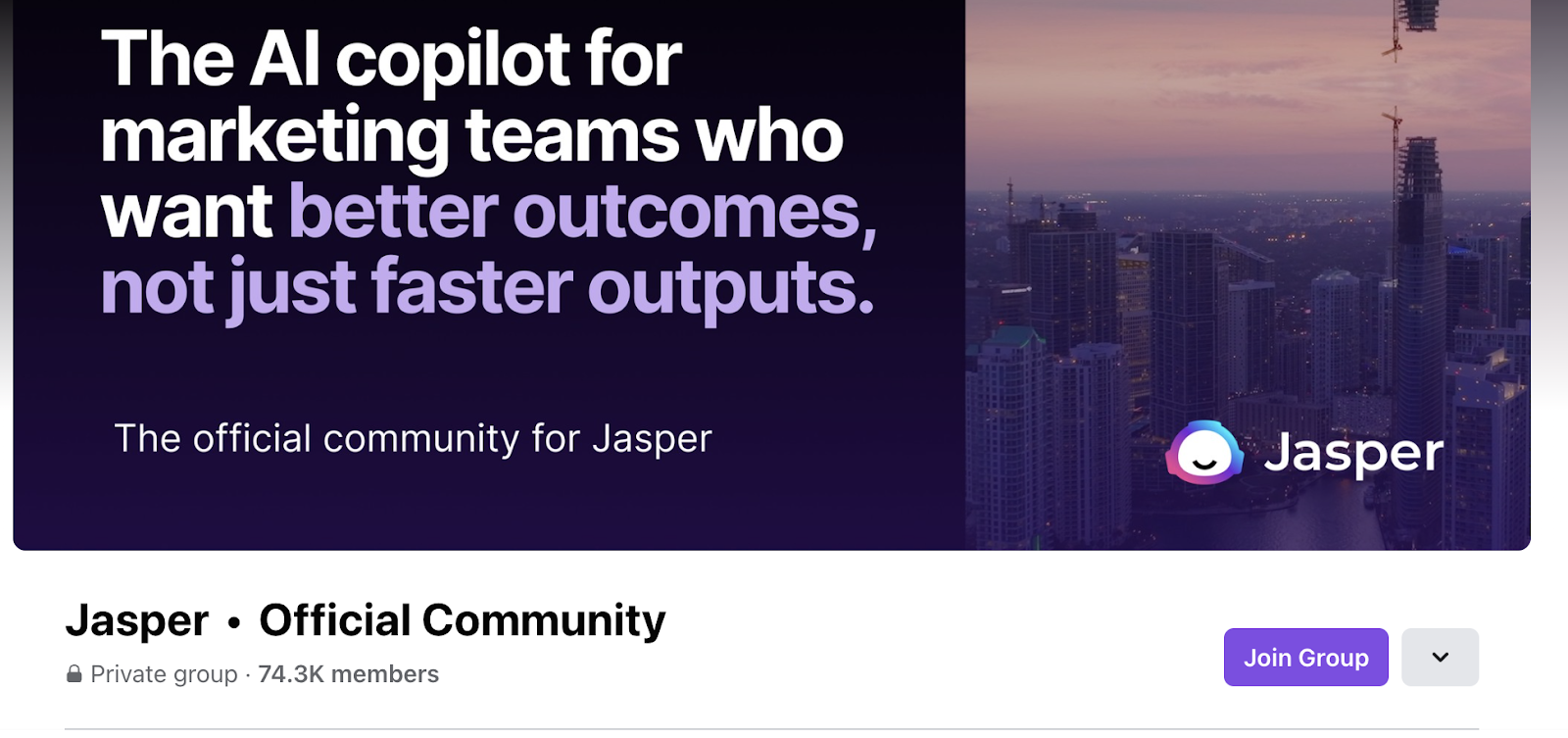
This setup ensures that the content shared within the group is protected from public view, providing a more secure environment for members to share and interact. As an admin while creating a Facebook group like a close group, they can set their own guidelines. Once the user accepts them only then they can be the part of the community.
Benefits of Close Facebook Groups.
Enhanced Privacy – Only members can see the discussions and shared information, reducing the risk of information leakage.
Focused and Engaged Community – These groups attract members with a genuine interest in the topic, fostering deeper discussions and connections.
Reduced Spam and Trolling – The closed nature helps keep spammers and trolls at bay, allowing admins to monitor and filter content more effectively.
Better Moderation – Admins have greater control over who joins, helping them to maintain the quality and relevance of discussions.
Sense of Community – The semi-private nature of closed groups fosters a stronger sense of community among members.
Disadvantages of Close Facebook Groups
Limited Reach – The content is hidden from non-members, which leads to limited visibility and overall reach.
Exclusive Access – Membership restrictions can exclude interested individuals who cannot join due to approval requirements.
Potential Echo Chambers – With restricted membership, these groups risk becoming echo chambers, reinforcing similar perspectives without exposure to diverse viewpoints.
Slower Growth – Because new members need to be approved, growth can be slower compared to public groups.
Time-Consuming Management – Admins need to spend more time reviewing and approving member requests, which can be burdensome.
Secret Facebook Groups
Consider these as invite only communities. These Secret groups offer the highest level of privacy and exclusivity. They are not discoverable through Facebook’s search function and require an invitation from an existing member to join.
Benefits of Secret Facebook Groups
Maximum Privacy – Since these are hidden from search engines and non-members, secret groups are ideal for discussions requiring high confidentiality or sensitive information sharing.
Safe Space for Discussions – The exclusivity of secret groups creates a trusted environment where members feel comfortable sharing their thoughts and opinions.
Controlled Membership – Admins have complete control over who joins the group, ensuring all members are trusted and relevant.
High Trust Level – The invitation-only nature fosters a high level of trust among members, which can lead to more honest and open discussions.
Protection from External Disruption – The secrecy ensures the group is protected from spammers, trolls, and external disruptions.
Disadvantages of Secret Facebook Groups:
Challenging to Find and Join – Since these groups are hidden and require an invitation, potential members may struggle to find and join unless specifically invited.
Exclusivity and Inaccessibility – The need for an invitation can create barriers for interested individuals, limiting the diversity of perspectives within the group.
Limited Growth – The secret nature can severely restrict the group’s growth potential, as new members can only join by invitation.
Management Burden – Admins need to actively manage invitations and approvals, which can be time-consuming.
Potential for Insularity – The closed nature of secret groups can lead to insular thinking, where members are not exposed to new or differing viewpoints.
Considering the Right Privacy Setting for Your Facebook Group
When choosing the right privacy setting for your Facebook group, you need to consider several factors: Such as –
Group Type – If your community and engagement is related to serious topics, then a restrictive privacy setting should be your option.
Group Size – For smaller groups, having a more open privacy setting is a better option as it lets people easily discover your community.
Group Purpose – When you are on a mission to promote a business or organization, a more open privacy setting can help you reach a wider audience.
When you take into account the above factors, you can figure out the most suitable privacy setting that works for your group. Keep in mind that you can change the privacy setting of your group at any given point of time by clicking on “Privacy” button under the group settings page.
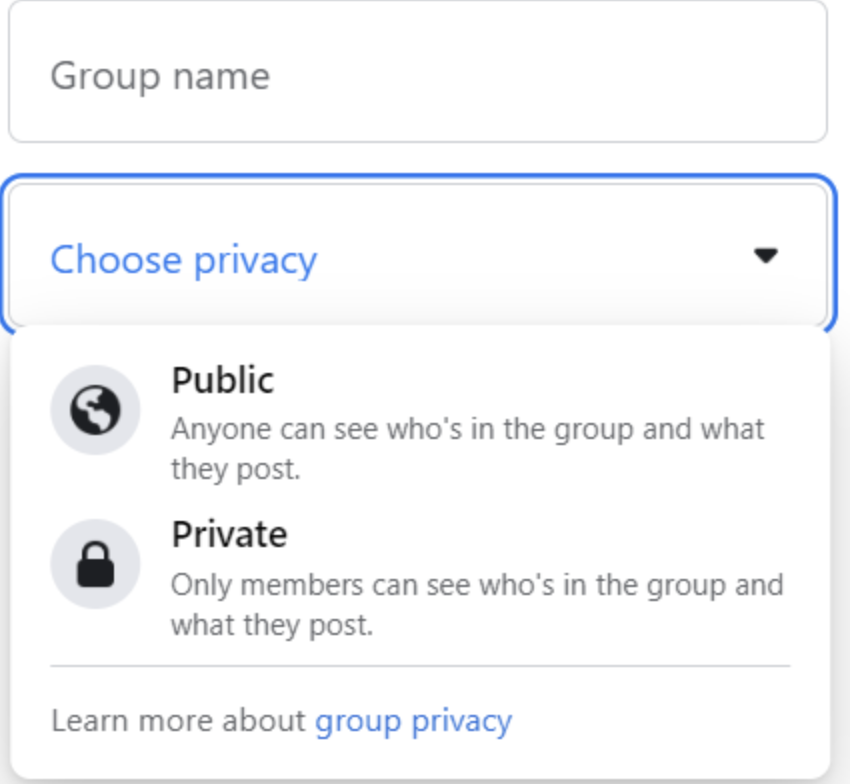
Check out some more things to consider when you are choosing the right privacy settings for your Facebook group:
Notify Members – If you decide to change the privacy setting, make sure to notify your members. This ensures everyone is aware of who can see the group and its content.
Consider Content Sensitivity – Choose a privacy setting that aligns with the sensitivity of your group’s content. When you discuss things related to say cricitcal topics, go for for a more restrictive privacy setting.
Authenticity – Ensure your group has a proper name, description, and cover photo. This not only makes your group more authentic but also makes it easier for people to identify and join.
How to Create a Facebook Group.
Creating a Facebook Group is a straightforward process. Lets check it out.
1. Log in to Facebook and go to your Facebook homepage.
2. Navigate to the Groups Section and Click on “Groups” in the left-hand menu.
3. Create a New Group: Click “Create Group” button.

4. Name Your Group: Choose a name that clearly reflects the purpose of your group.
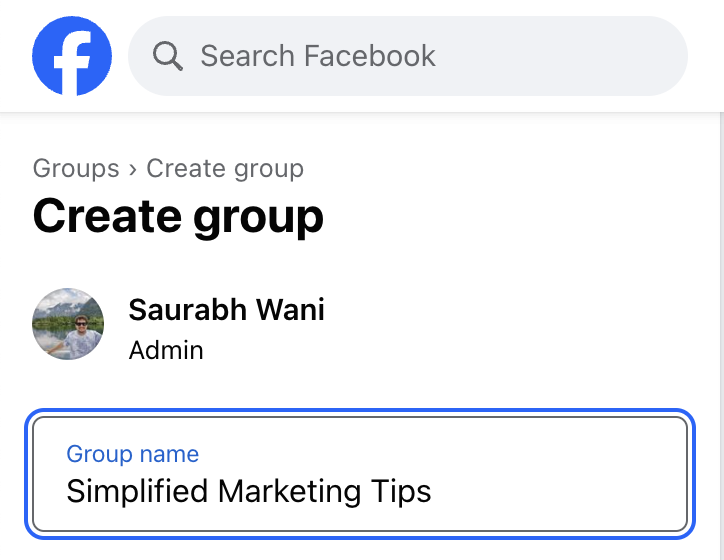
5. Select Privacy Setting: Choose whether your group will be public, closed, or secret.
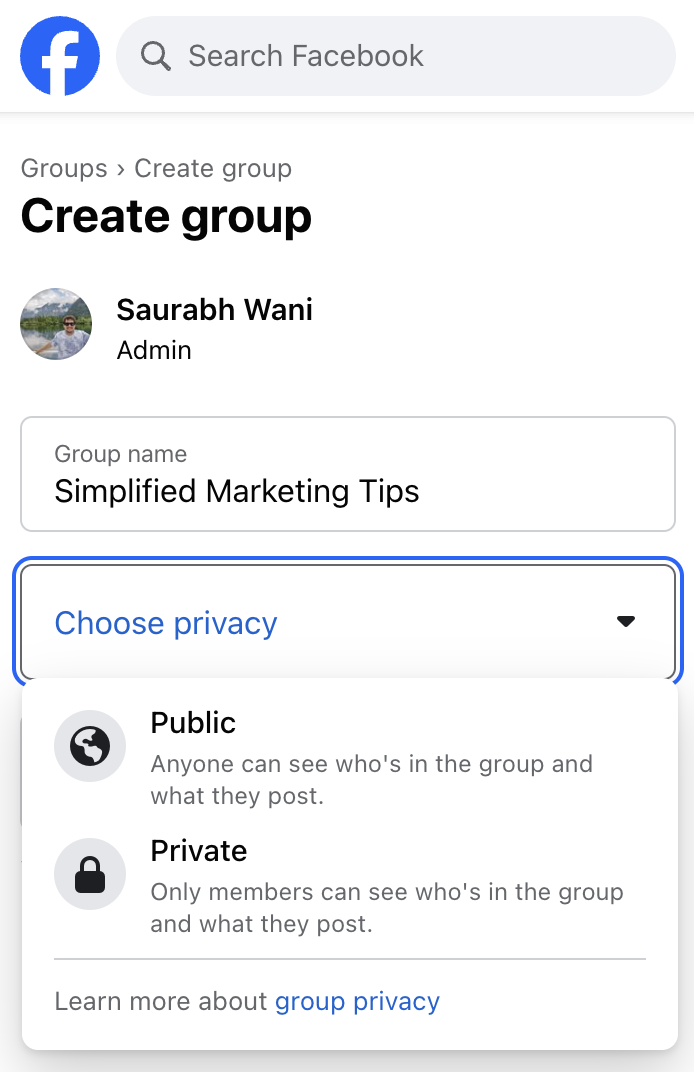
6. Invite Members: Start by inviting friends or colleagues who might be interested in joining your group.
7. Customize Your Group: Add a cover photo, description, and any rules or guidelines you want members to follow.
8. Create Your First Post: Welcome your new members with a post that introduces the group and outlines its purpose.
How to Create a Private Facebook Group
If you decide that a private Facebook Group is the best fit for your needs, here’s how to set one up:
1. Follow Steps 1-4 Above: Log in to Facebook, go to the Groups section, click “Create Group,” and name your group.
2. Select Closed or Secret: For a private group, choose either “Closed” or “Secret” from the privacy options.
3. Invite Members: Invite members who you think would benefit from the group or who share a common interest.
4. Set Up Group Rules: Establish clear guidelines for what is and isn’t allowed in the group. This helps maintain a positive and respectful environment.
5. Engage Your Members: Start conversations, ask questions, and encourage members to share their experiences and knowledge.
Creating a Facebook Group for Your Organization
If you’re looking for an effective way to communicate with your stakeholders—whether they are customers, employees, or other interested parties—a Facebook Group for your organization is an excellent solution. It gives you a space to exchange information, collaborate on projects, and establish stronger connections.
Here are some reasons why creating a Facebook Group for your organization can be beneficial:
Increased Engagement A Facebook Group can significantly boost engagement with your audience. One can start by sharing updates, initiating new discussions, or asking questions, allowing a mutual space for feedback and understanding your audience’s needs .
Improved Communication – A Facebook Group can enhance communication with your audience. It’s a convenient platform for making announcements, sharing crucial information, and addressing queries, helping to keep your audience informed and engaged.
Increased Collaboration – A Facebook Group can create collaboration opportunities among its team members.
Strengthened Community – A Facebook Group helps in building a sense of community among your stakeholders. It allows members to connect with each other, share experiences, and support one another, creating a more cohesive and supportive environment.
How to Create a Group Associated with Your Organization’s Facebook Page
Linking a group to your organization’s Facebook page can help you manage the group more effectively and enhance your brand presence. Here’s how to link your group to your Facebook page:
1. Create the Group from Your Page: Navigate to your Facebook page and click on “Groups” in the left-hand menu. Click “Create Group.”
2. Fill in the Details – Name your group, select the privacy setting, and invite initial members.
3. Link the Group to Your Page: After the group is created, go to the group settings and select “Linked Pages.” Choose your page from the list.
4. Promote Your Group: Share the group link on your page and other social media platforms to attract members.
5. Engage with Members, Use your page’s voice to post in the group and interact with members.
6 Strategies to Engage and Manage Your Facebook Group
Creating a Facebook Group is just the beginning. Keeping your group active and engaging is where the real work begins. Here are six tips to help you manage and engage your group effectively:
1. Create a Welcoming Environment
Creating a welcoming environment is crucial for any Facebook group. It’s not just about providing a community for people to connect, but also about creating a sense of space and belonging. Encourage new members to introduce themselves in a welcome post and share their interests or reasons for joining the group. This can help them feel more connected and engaged.
Establishing clear guidelines for behavior within the group is equally important. These rules can cover respectful communication, acceptable content, and conflict resolution. Regularly remind members of these guidelines and make them easily accessible by pinning them at the top of the group page or including them in the group description.
Moderation plays a key role in maintaining a positive environment. This involves monitoring posts and comments to ensure they adhere to the group’s guidelines, resolving disputes, and addressing any inappropriate behavior. This helps create a safe and respectful space where all members feel comfortable participating.
2. Schedule Regular Posts
If you want to make your community engaging, consistency is the only way to do that. Plan in advance and share relevant content that will make the members engaged, and they will keep coming back. It can be anything. Like sharing the industry trends, thought leadership content, etc.
Plan and schedule Facebook posts in advance to ensure a steady stream of content and reduce the pressure of having to create new posts every day.
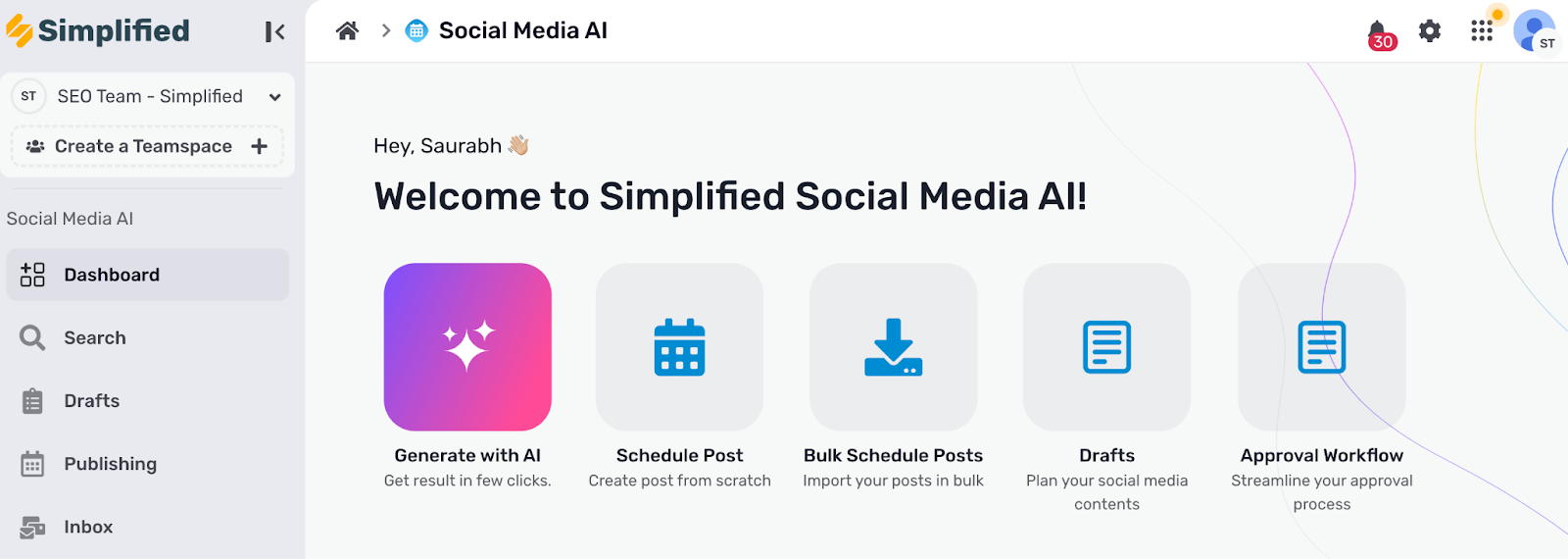
Remember, the goal is not just to share content, but to encourage interaction. Try to engage your members by asking questions, seeking opinions, or including calls to action that prompt members to comment, like, or share.
Simplified’s Facebook scheduling feature changes how you manage regular posts. Plan and schedule your content in advance to keep your group active and engaged, even during your off-hours. Save time and maintain a consistent posting schedule effortlessly with this invaluable tool.
Try Simplified today and experience the ease of seamless content management.
3. Host Live Events
Live events are an excellent way to promote real-time interaction and engagement within your Facebook group. Consider hosting, AMA and Q&A sessions, webinars, panel discussions, fireside chats, or even informal hangouts.
These events provide a platform for members to learn from industry experts or from each other, share insights, and get their questions answered in real-time. This can significantly boost engagement and foster a sense of community as me mbers interact more directly with each other.
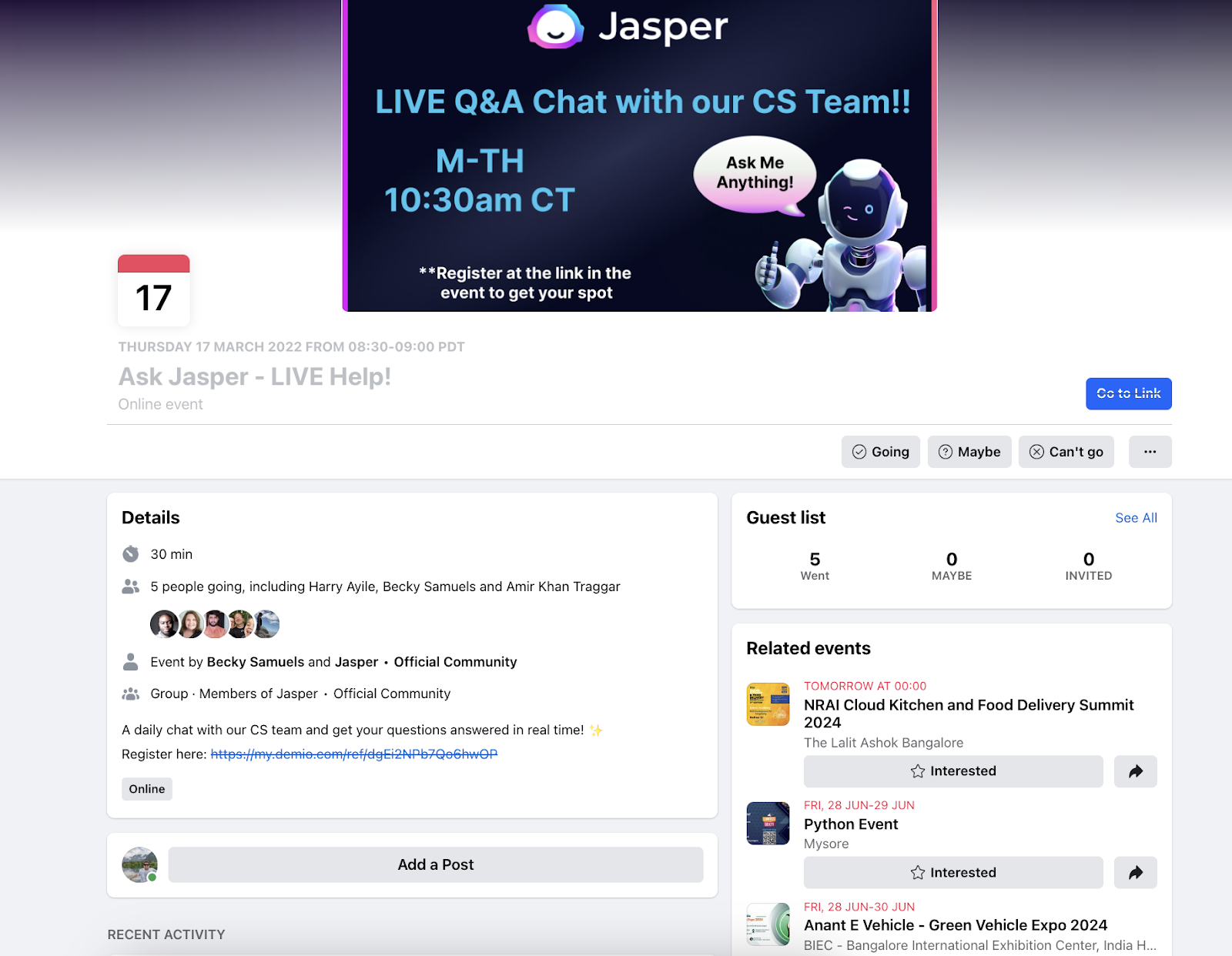
Here is a screenshot from a live Chat QnA for Jasper AI Facebook group. The event details include the name, time, and purpose.
4. Recognize and Reward Active Users.
Recognizing and rewarding active users in your Facebook group is essential for building a thriving community. Active members contribute significantly to the group’s success by initiating discussions, sharing valuable insights, and engaging with other members’ posts. Acknowledging their efforts can go a long way in encouraging continued participation and creating a sense of belonging.
You can highlight their contributions in a dedicated post, give them shout-outs during live events, or award them special badges to showcase their involvement. Additionally, consider featuring them as guest moderators for a day or a week, allowing them to share their expertise and interact more closely with other group members.
Simple gestures like a thank you message or personalized recognition can also make members feel valued and appreciated. By recognizing and rewarding active users, you not only motivate them to stay engaged but also inspire other members to contribute more actively to the community.
5. Support Networking and Collaboration
Supporting networking and collaboration within your Facebook group is vital for building a dynamic and engaged community. By encouraging members to connect and collaborate, you create a space where valuable relationships and partnerships can flourish. Facilitate introductions by creating dedicated threads where members can share their professional backgrounds, interests, and goals.
Promote collaborative projects by encouraging members to team up on initiatives, share resources, and offer advice. Hosting virtual meetups, brainstorming sessions, and collaborative challenges can further enhance these connections, providing opportunities for members to work together in meaningful ways.
As a group admin, your role is to nurture these interactions by guiding discussions, highlighting collaborative efforts, and ensuring a respectful and supportive environment. By fostering networking and collaboration, you not only strengthen the community but also provide members with the tools and connections they need to grow personally and professionally.
6. Run Surveys, Contests, or Quizzes.
Adding an element of fun and excitement can significantly boost engagement in your Facebook group. Consider running challenges, contests, or polls to engage your members in a fun and interactive way.
This could be a photo challenge where members share pictures related to a specific theme, a caption contest where the best caption wins, or a poll to gather opinions on a relevant topic. These activities encourage participation, spark conversations, and add an element of friendly competition.
Ensure that these activities align with the interests of your group members and the purpose of your group. This will help ensure that your activities are relevant and engaging for your members.
Review Your Facebook Group’s Performance
Evaluating your Facebook Group’s performance is crucial for maintaining an active and engaged community. By regularly assessing key metrics and making necessary adjustments, you can enhance the overall experience for your members and ensure the group’s long-term success.
Here are some important areas to focus on:
Post Engagement – Post engagement metrics, such as likes, comments, and shares, provide valuable insights into how members interact with your content. Analyzing these metrics can help you gauge the effectiveness of your posts and identify trends in engagement. By understanding which types of posts resonate most with your audience, you can tailor your content strategy to maximize interactions.
Active Members – Tracking the number of active members is essential to understanding the health of your group. This metric shows how many members are regularly participating and contributing to discussions. A decline in active members may indicate the need for more engaging content or better community management, while an increase suggests successful engagement strategies.
Popular Times for Posting – Identifying the times when your members are most active can help you schedule posts for maximum visibility and engagement. By analyzing activity patterns, you can determine the optimal times to share content. Posting during peak activity periods ensures that your posts reach a larger portion of your audience, leading to higher engagement rates.
Adjusting Post Frequency – Based on engagement metrics and member activity data, you may need to adjust your post frequency. Posting too frequently can overwhelm members, while posting too infrequently can lead to decreased engagement. Finding the right balance is key to maintaining a steady flow of content that keeps members interested without overwhelming them.
Modifying Group Rules – Regularly review and update your group rules to ensure they encourage positive interactions and address any issues that arise. Clear and relevant rules help maintain a respectful and welcoming environment. If certain behaviors or types of content are causing problems, modifying the rules can help mitigate these issues and improve overall group dynamics.
Revising Content Strategies – Experiment with different content styles and formats to keep your group’s content fresh and engaging. If specific topics or types of posts consistently generate high engagement, consider incorporating more of that content into your strategy. Regularly revising your content approach based on performance data can help maintain member interest and participation.
Engaging with Active Members – Recognize and encourage contributions from active members to foster a sense of community and loyalty. Highlighting their posts, asking for their feedback, and giving them shout-outs can make them feel valued and motivate others to participate more actively. Engaging with these members can also provide insights into what drives engagement and how to better serve your community.
By consistently evaluating these aspects of your Facebook Group’s performance, you can make informed decisions that enhance engagement, foster a positive community, and ensure the long-term success of your group.
Conclusion
Creating a Facebook Group is a powerful way to build a sense of community and engage with individuals who share your interests or goals. By following the step-by-step guide and additional tips in this article, you can establish a successful Facebook Group that thrives on active participation and meaningful interactions.
Remember, the key elements to creating a successful Facebook Group include choosing a relevant and catchy name, crafting a clear and concise description, actively promoting your group, maintaining consistent engagement, and effectively moderating your group to ensure a positive and respectful environment.
So, why wait? Embark on your journey of creating a vibrant Facebook Group today! Whether you aim to connect with like-minded individuals, support a cause, or enhance your business’s reach, creating a Facebook Group can open up new avenues for interaction and growth.
Facebook groups can accommodate up to 6,000 members. Once a group reaches this limit, it cannot accept new members.
Facebook allows users to join up to 60 groups per day. This limit is in place to prevent spam and abuse on the platform.
Yes, Facebook groups can expire. If a group remains inactive for two years, Facebook will delete it.
Absolutely! You can monetize your Facebook group in several ways, including running ads, selling products or services, or charging for premium membership. However, it’s crucial to adhere to Facebook’s guidelines, which prohibit the sale of certain products or services, such as alcohol, tobacco, or firearms
Choosing the right name for your Facebook group is crucial. It should be relevant to the group’s purpose, easy to find, catchy, and memorable. Here are a few tips to help you name your Facebook group:
– Keep it short and sweet.
– Incorporate keywords that people are likely to search for.
– Ensure it’s relevant to the group’s topic.
– Make it catchy and memorable to leave a lasting impression.
Promoting your Facebook group is essential for growth and engagement. Share your group link on your personal profile, other social media platforms, and relevant forums. Additionally, consider collaborating with influencers, running ads, and encouraging current members to invite their friends to join.

